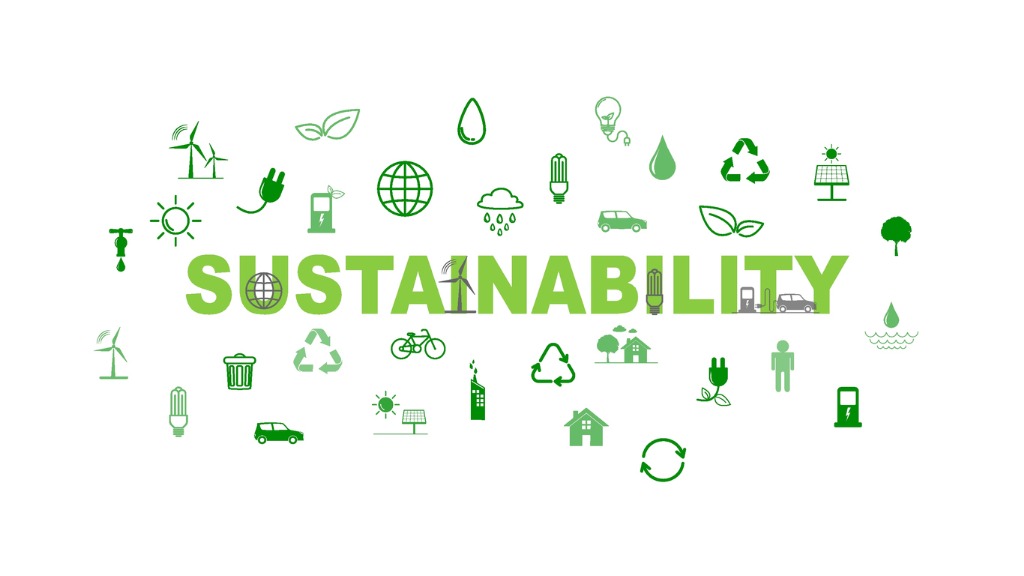Flexible packaging and sustainability. Many won't have you believe that it's possible, but the fact of the matter is that it's already a reality. Despite the efforts of many to discredit flexible packaging and cast it as a global environmental threat, flexible packaging is a lot more sustainable than what you have likely heard. In this post, we'll take a detailed look at all the ways flexible packaging is sustainable throughout its entire life cycle. Here's a closer look:
Front-End Benefits
While many consumers incorrectly bemoan flexible packaging for its lack of recyclability (more on that later), one thing that naysayers are quick to discard is all of the sustainable front-end benefits of this packaging format, from its creation to its transportation in the supply chain. Here's a closer look at the many front-end benefits of flexible packaging.
- Fewer natural resources, raw materials: Let's start with flexible packaging from the very beginning of its life cycle. Compared to corrugated or rigid plastic formats, flexible packaging holds many advantages. Specifically, compared to alternative packaging types, flexible packaging uses less natural resources and has a lesser carbon impact. How much? Consider this: Creating a rigid plastic laundry container emits more than 700 percent more greenhouse gas emissions than a flexible pouch or bag would during its production. Additionally, a plastic bottle uses more than 500 percent more water than a flexible pouch to create.
- Less material used: Compared to other types of plastic and paperboard packaging, flexible pouches and bags require far less material to produce. This directly translates to a better product-to-package ratio — up to 100 percent in many cases — so that these formats also hold more product. In fact, it's estimated that 1.5 pounds of flexible plastic will package the same amount of product as 50 pounds of glass. What's more is that if these flexible packages wind up in a landfill at the end of their lifetimes, about 30 percent less packaging will actually end up there compared to alternative types of packaging formats. Furthermore, flexible packaging formats that used to consist of 7 or even 9 layers of film are now often produced using just three film layers. This sort of material down gauging, without impacting the quality or role of the packaging, is another way less material is being used in this packaging format.
- Transportation benefits: The final point that we'll hit on when it comes to the front-end sustainability benefits of flexible packaging is transportation. Think about it like this: When flexible packages are manufactured and shipped to CPGs for filling, they can lie flat in boxes or ship in rolls. This is different from boxes, rigid containers and steel cans, which must ship fully formed for filling. Because of this, it's estimated that up to 25 fewer trucks are needed to ship flexible pouches and bags compared to the same amount of packaging in alternative formats. That means less expensive shipping costs, less carbon emissions from trucks on the road for transportation purposes and less fossil fuel consumption.
Many plastic pundits zero in on how flexible packaging recyclability is still a maturing field in their negative attacks on the packaging format. But as you can see from this section, flexible packaging makes up for this in other very notable, significant and sustainable ways. And like we said earlier in this section, we'll get to the advances in flexible packaging recycling later on in this piece.
Mid-Life Benefits
The sustainability benefits of flexible packaging don’t stop once the packaging hits the store shelf, with the biggest being a viable way to reduce food waste. It’s estimated that some 1.3 billion tons of food is discarded annually, and being that this wasted food is a major contributor to greenhouse and methane gas emissions, flexible packaging is ideally suited to help combat this worldwide issue. How? It’s because flexible packaging is able to increase the shelf life of most foods thanks to its ability to reseal, and processes such as high-pressure processing (HPP), modified atmosphere packaging (MAP) and vacuum sealing. Just take a look at the dramatic increase in shelf life certain foods achieve when compared to flexible packaging:
- Meat: From three days to 20 days.
- Ground beef: From four days to 30 days.
- Cheese: From 190 days to 280 days.
- Bananas: From five days to 28 days.
When shelf life increases, it leads directly to a reduction in food waste — especially when you consider that about two-thirds of all food waste is because of spoilage.
The other one-third of food waste is due to over serving — and flexible packaging’s ability to help with portion control can also help curb this.
The bottom line is that the Environmental Protection Agency has set a goal to reduce food waste by 50 percent by 2030. Flexible packaging is an ideal way to accomplish this.
End of Life Benefits
We've covered the numerous front-end and supply chain benefits associated with flexible packaging sustainability. And then we talked about how bags and pouches can help curb the food waste problem by aiding in portion control and shelf life preservation. Now we're going to discuss the end of life flexible packaging options, something that has wrongly become the main focus of plastic pundits. While flexible packaging is currently not able to be recycled as conveniently or on the widespread scale that cardboard, metal and rigid packaging is, the current outlook isn't nearly as dire as some will have you believe it is. Better yet, the future looks even brighter.
In fact, today it's estimated that about 50 percent of all flexible packaging is able to be recycled via store drop-off programs. In other words, if you don't mind taking empty bags and pouches back to the store with you when you do your grocery shopping, then you can recycle them there. Unfortunately, despite groups like the Flexible Packaging Association and Sustainable Packaging Coalition's efforts to communicate the availability of these store drop-off programs, many consumers still either aren't aware of them or find it too inconvenient to carry out. Furthermore, the recycling industry doesn't yet have the volume of infrastructure necessary to keep up with flexible packaging recycling demands, so it may still be a while before consumers are able to place bags and pouches in bins for curbside pickup like they do with their milk cartons and boxes. The good news is that this day is closer than it is far away — and in the meantime, many suppliers are working hard on a variety of innovative plastic films so that, when discarded, they don't have a negative impact on the environment. For instance, film suppliers are increasingly creating biodegradable film, compostable film and water-soluble film to be used in packaging.
Those who take the time to learn about and understand flexible packaging already know that it's much more than just a convenient, user-friendly and practical packaging format — but a sustainable one too. And the best news is that it's only going to become more environmentally-friendly as innovation in the industry continues. We're here to help. Contact us today for more information about flexible packaging's sustainability and how we can help you meet your packaging goals.


